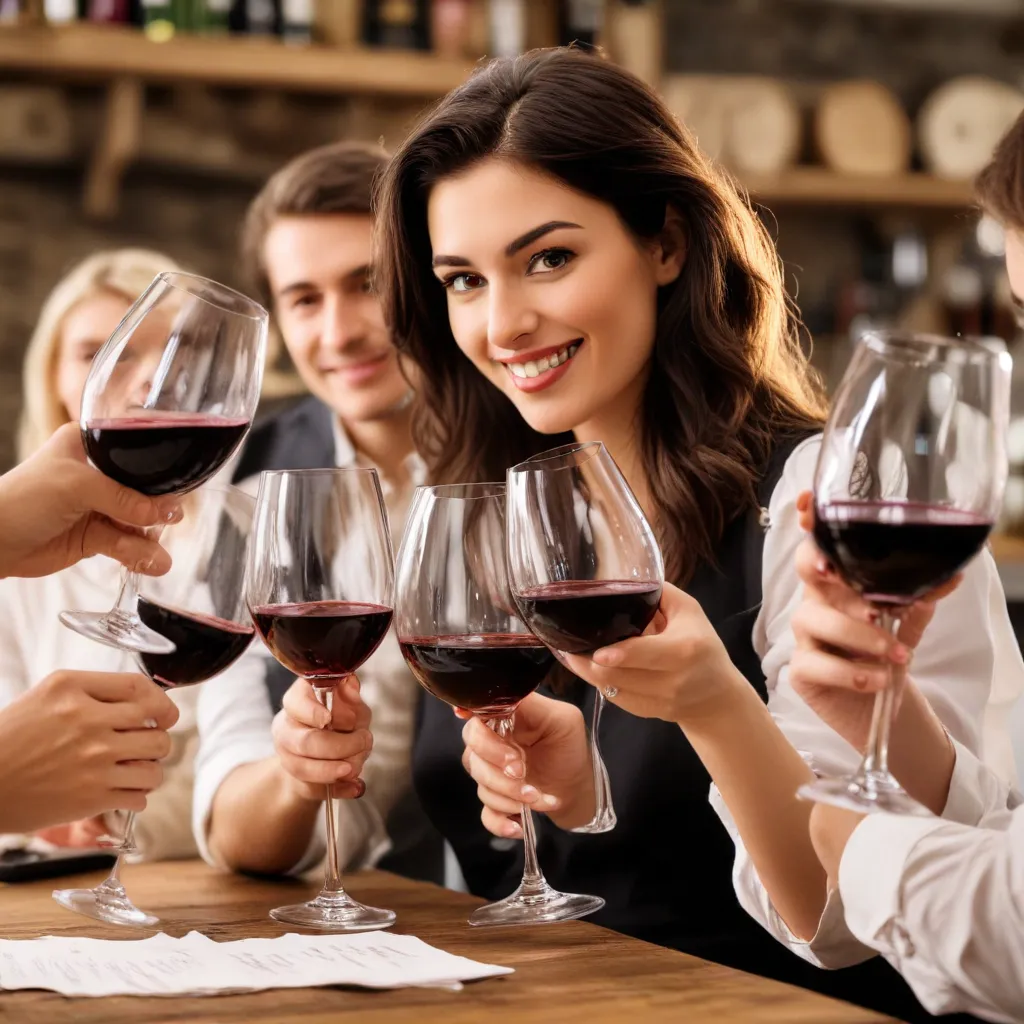
Mastering the Art of Wine Tasting: A Guide for Beginners
Whether you’re a seasoned wine enthusiast or newly discovering the joys of this timeless beverage, mastering the art of wine tasting can elevate your sensory experience and deepen your appreciation for the subtle complexities of each vintage. At Wine Garden Inn, we’re passionate about guiding both novice and experienced palates through the nuanced world of wine tasting, empowering you to explore the captivating flavors, aromas, and storytelling that each bottle holds.
Understanding the Fundamentals of Wine Tasting
The foundation of wine tasting lies in engaging your senses – sight, smell, and taste – to unlock the intricate details that define a wine’s character. Let’s start by examining the anatomy of a wine glass and the proper etiquette for glassware.
The shape and size of a wine glass are carefully designed to enhance the tasting experience. A tulip-shaped glass, for example, concentrates the wine’s aromas and directs the liquid to the optimal areas of the palate. When holding the glass, always grasp it by the stem to avoid warming the wine with your hand, which can alter the temperature and aroma.
Next, take a moment to visually examine the wine. Observe the color and clarity, which can provide valuable insights into the wine’s age, grape variety, and winemaking techniques. Tilt the glass against a neutral background and note any variations in hue, from pale straw to deep ruby red. The “legs” or “tears” that form as the wine coats the sides of the glass can also indicate the wine’s body and alcohol content.
Exploring Wine Varietals and Regions
Understanding the world of wine grapes and regional styles is key to navigating the vast and captivating landscape of this beverage. Familiarize yourself with common wine grape varietals, such as Cabernet Sauvignon, Chardonnay, Pinot Noir, and Riesling, each with its own distinct flavor profiles and characteristics.
Delve into the differences between Old World and New World wines. Old World wines, often from Europe, tend to showcase more subtle and complex aromas, while New World wines, from regions like the United States, Australia, or South America, exhibit more defined and fruit-forward flavors. This knowledge will help you anticipate and appreciate the nuances of each wine you encounter.
Honing Your Sense of Smell
Of all the senses involved in wine tasting, the sense of smell is arguably the most crucial. The human nose can detect a vast array of aromas, from fruity and floral to earthy and spicy, that contribute to a wine’s overall flavor profile.
Start by gently swirling the wine in your glass to release the volatile compounds, then take a deep, deliberate inhalation. Identify the primary aromas, such as ripe berries, citrus, or fresh herbs, and try to group them into broader “aroma clusters.” As you continue to develop your olfactory perception, you’ll be able to recognize more subtle and complex notes, like oak, vanilla, or even leather and tobacco.
Familiarize yourself with common wine faults, such as a musty or rotten-egg aroma, which can indicate issues with the winemaking process. Identifying these faults will help you discern high-quality wines from those that may not meet your standards.
Cultivating Your Palate
Now it’s time to engage your taste buds and explore the wine’s structure, from the initial sip to the lingering finish. Pay attention to the wine’s tannins, which create a drying sensation, and its acidity, which provides a refreshing and lively quality. Assess the wine’s body, or mouthfeel, and how it interacts with your palate.
Pairing wine with food can be a delightful way to enhance both the culinary and oenological experiences. Experiment with different combinations, such as a crisp Sauvignon Blanc with a fresh salad or a bold Cabernet Sauvignon with a juicy steak, and observe how the flavors and textures of the wine and food complement or contrast each other.
Techniques for Descriptive Wine Tasting
As you become more adept at wine tasting, develop a systematic approach to evaluating each wine. Start by observing the visual characteristics, then move on to the aromas and, finally, the flavors and mouthfeel. Use descriptive language to articulate your impressions, drawing from a repertoire of wine-related terminology, such as “bold,” “delicate,” “fruity,” or “oaky.”
Remember, wine tasting is a subjective experience, and your personal preferences and associations will shape your perception of each wine. Don’t be afraid to trust your own senses and intuitions, and embrace the opportunity to explore the diverse and ever-evolving world of wine.
Enhancing Your Wine Knowledge
To further deepen your understanding of wine, familiarize yourself with wine labels and the wealth of information they provide. Recognize the significance of appellations, or designated wine-producing regions, and how they can influence a wine’s character. Stay up-to-date on the latest trends and innovations in the wine industry, from emerging grape varietals to cutting-edge winemaking techniques.
Building a Wine Tasting Experience
Elevate your wine tasting journey by hosting your own events or participating in organized tastings. Gather friends or fellow wine enthusiasts and challenge each other with blind tastings, where you’ll put your newfound skills to the test. Create a personal wine tasting journal to document your impressions, track your evolving preferences, and reflect on the stories that each bottle of wine has to share.
At Wine Garden Inn, we invite you to embark on a captivating journey through the world of wine tasting. Whether you’re a seasoned connoisseur or just starting to explore this timeless beverage, our knowledgeable team is here to guide you, enhance your senses, and help you uncover the complexities that make each vintage truly remarkable. Raise your glass and let the art of wine tasting unfold before you, one sip at a time.
